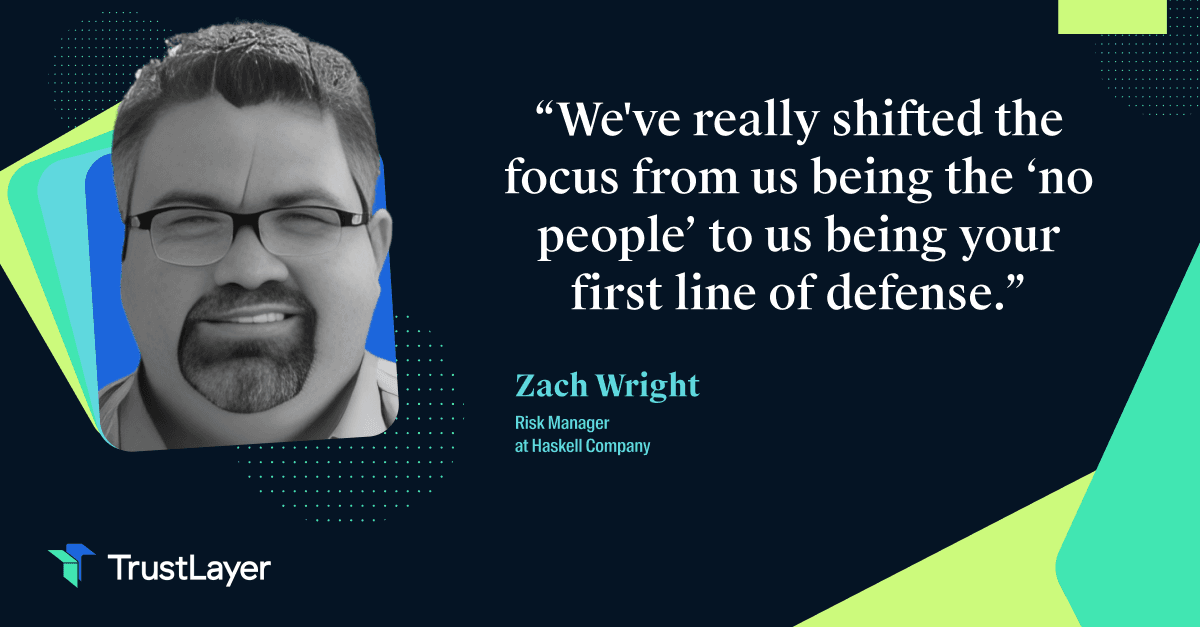Growing your construction business despite a skilled worker shortage and increased paperwork demands a new digital solution.
Construction is booming, and so is the economy. The Infrastructure Investment and Jobs Act has allocated $1.2 Trillion to build new roads, bridges, deploy 5G and more.
Only there are no workers.
The construction labor shortage is expected to hit 650,000 this year.[1] Don’t think it’s a coincidence that at the same time the Great Resignation hits white collar America, the Great Retirement sweeps the skilled trades. Until compensation rises to meet the demand of the skilled trades, many will continue to see them as undesirable and the rush on good, blue-collar talent will continue.
In this environment, the subcontractor will take center stage.
Larger GCs will survive the labor shortage only by leveraging smaller, more specialized teams to complete their work. In fact, as many as 55% of contractors report a high level of difficulty finding skilled workers. The same number say they’re concerned the workers they already have aren’t adequately skilled for the job.[2]
As a result, contractors are spending more time on administrative duties, like hiring, onboarding, and scheduling, eating up as many as 14 hours of their work week — time that would be better spent on the job.[3] Squeezed for workers and loaded with an overabundance of paperwork leads nearly 50% of contractors to turn down profitable jobs.
There must be a better way.

Solve the little problems first
While organizations, business leaders and even government departments have initiated training and upskilling programs across the country in an effort to increase the skilled labor pool, there’s no quick fix for a generational worker shortage.
While we wait for these efforts to bear fruit, you’ll want to consider solving the smaller problems first —like verifying a subcontractor’s certificate of insurance (COI) so you can onboard them quickly and get them working. Contractors and other business owners and operators can eliminate friction and increase productivity with digital tools that can make a difference in their day to day and, ultimately, on their bottom line.
An optimal digital tool can solve for the following challenges in a significant way:
1. Time. As project opportunities continue to proliferate, contractors will be squeezed for time. Every minute counts. Cascading delays will ensue when a plumber, for example, who was scheduled to work a job the second week of the month — so that the drywall contractor and the flooring contractor can take over in week three — is unable to enter the job site because his COI can’t be verified. Is the COI not up to date? Has his coverage lapsed? Now, your entire project is thrown off schedule and budget — all because of the plumber’s COI.
2. Document management. GCs and subcontractors alike are responsible for more paperwork than there is administrative staff to handle it. Paper-based processes are not sustainable in a world where you need easy and immediate access to documentation, like a subcontractor’s COI. Being able to track paperwork whether you’re in the field or in the office remotely will be critical to managing multiple subcontractors and project teams.
3. Communication. Communication is at the core of efficient operations. While verbal communications are important for many aspects of a project, other requests like those for COIs or licenses can easily be communicated digitally, in software that serves as a single point of truth for all parties across a single project. Project managers and supervisors must be able to track subcontractors as they come and go on a project. This includes tracking and verifying of each COI.
4. Compliance. As regulations change — from local municipalities to states and the federal government — subcontractors are hard pressed to remain up to date with a small staff and a long paper trail. And yet subcontractors are often the first to be affected by regulatory changes at the ground level. Coordinating all the paperwork digitally will be critical for GCs and subcontractors alike to getting projects done faster and on time.
Engage tech to champion efficiencies
As GCs hire more and more subcontractors and subcontractors take on more and more projects, both will seek a digital solution to their paper trail. Documenting subcontractor COIs, and other job site and project qualifications like licenses and other credentials will be critical. Where competition is steep, digital solutions will emerge as a differentiator.
At TrustLayer, we believe that if we can’t impact the demand or change the labor shortage in the short term, the best way to get the most out of the existing workforce is to increase productivity by engaging AI. Collaborative platforms like ours help contractors and like businesses remove the guesswork from subcontractor and vendor proof of insurance. Something that takes hours of administrative work can take 15 seconds to do digitally. This is the way America is going to get through this boom in work with a shortage of workers. Come join us on the digital COI revolution.








